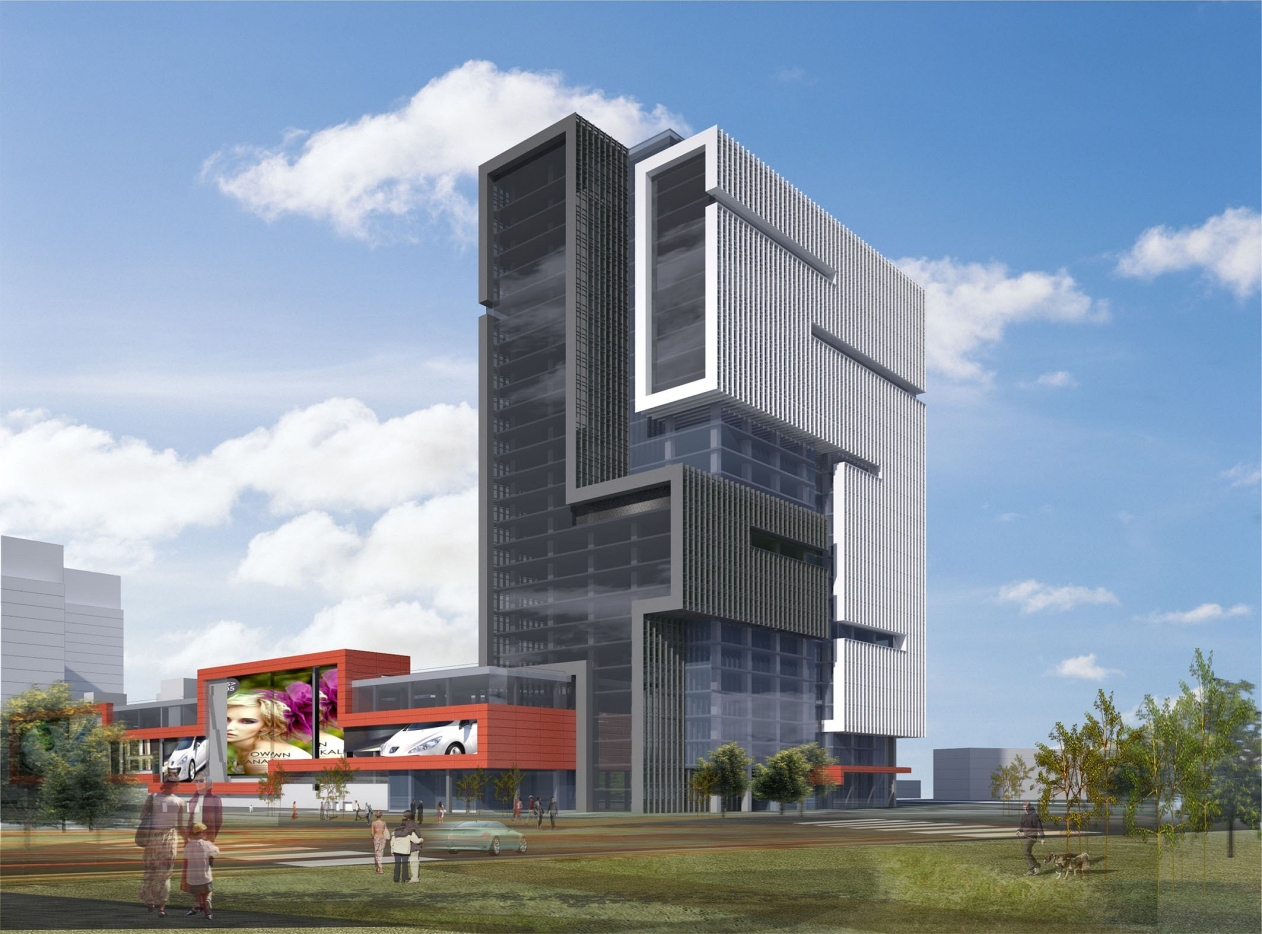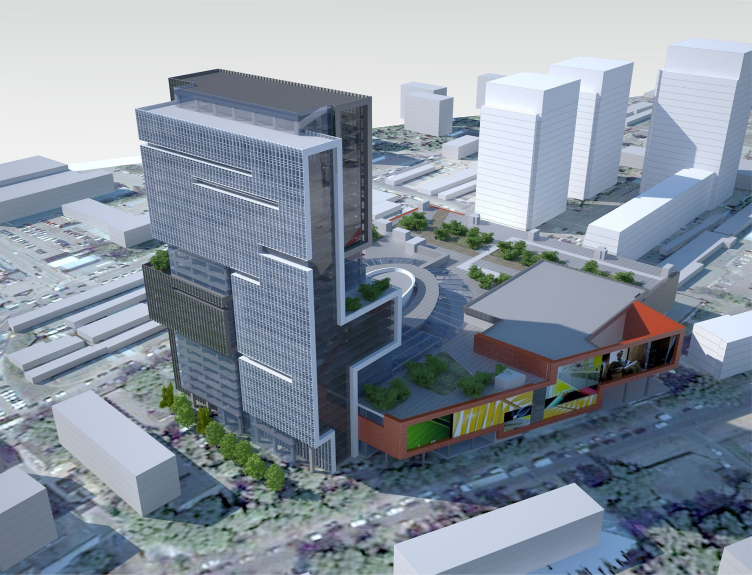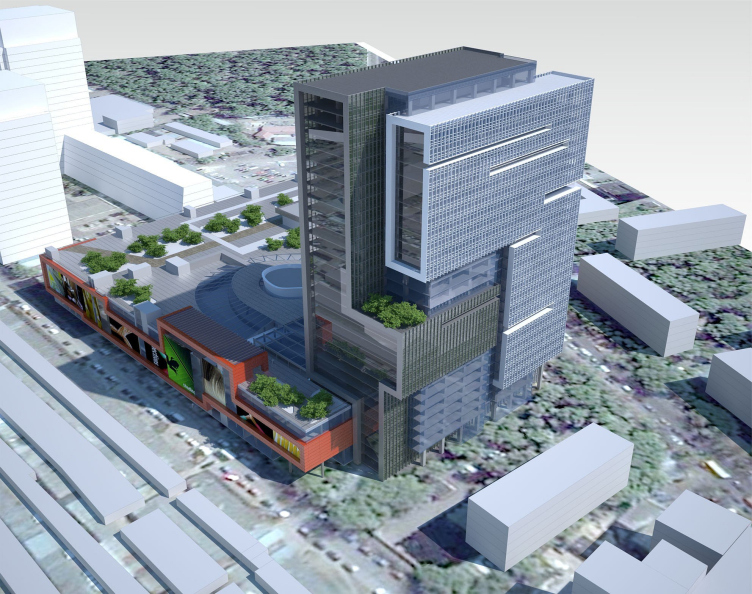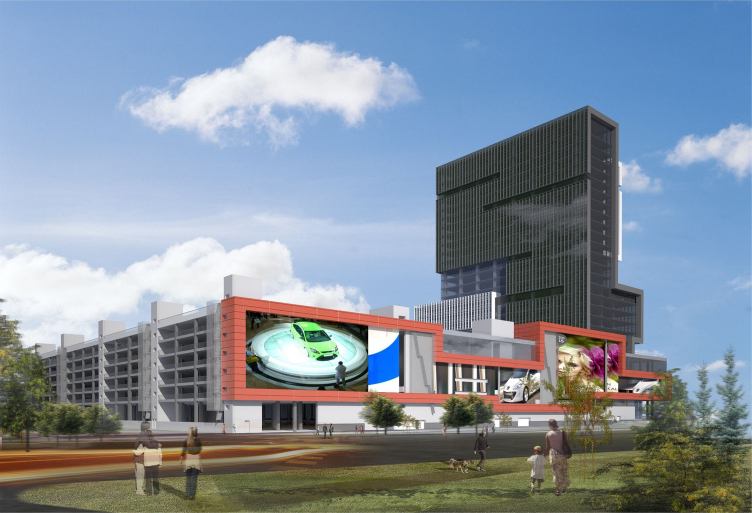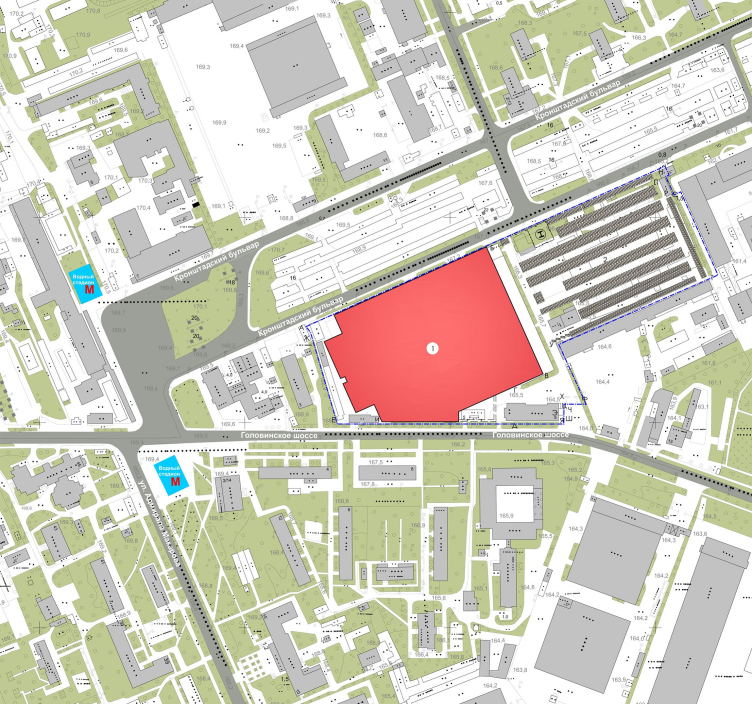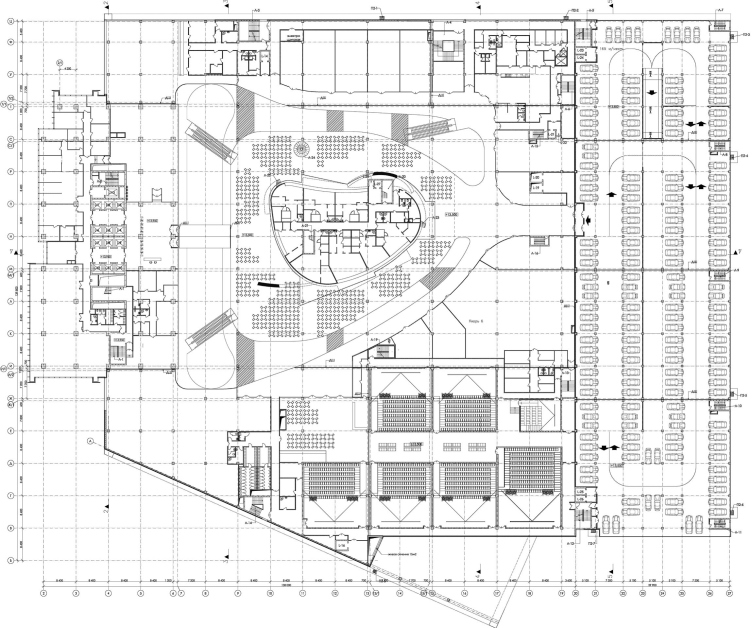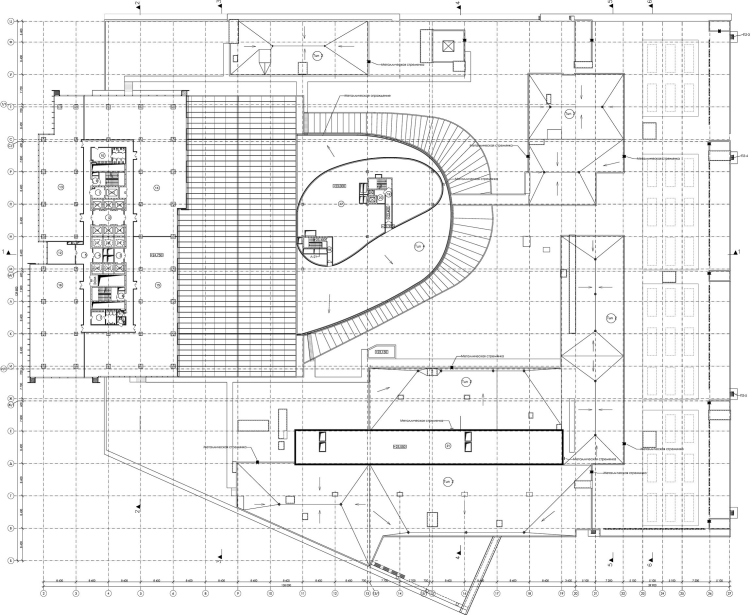Tetris… Vertical and Horizontal
The list of Russian projects showcased at the recent Cannes international real estate show MIPIM-2011 included, among others, the multi-function development “Vodny” located on Golovinskoe Shosse. Its developer is MR Group; the architectural concept was worked out by “Atrium” architectural office.
